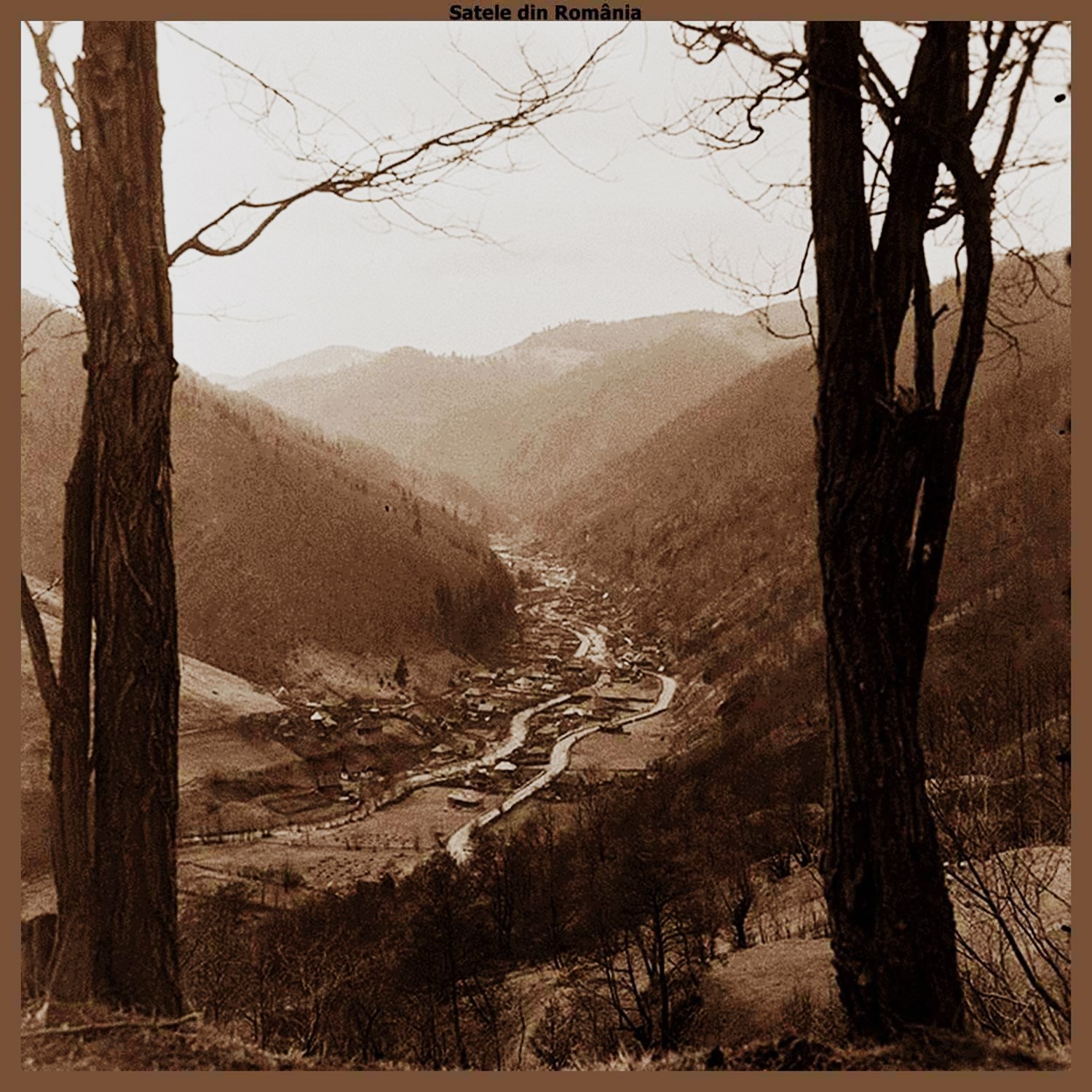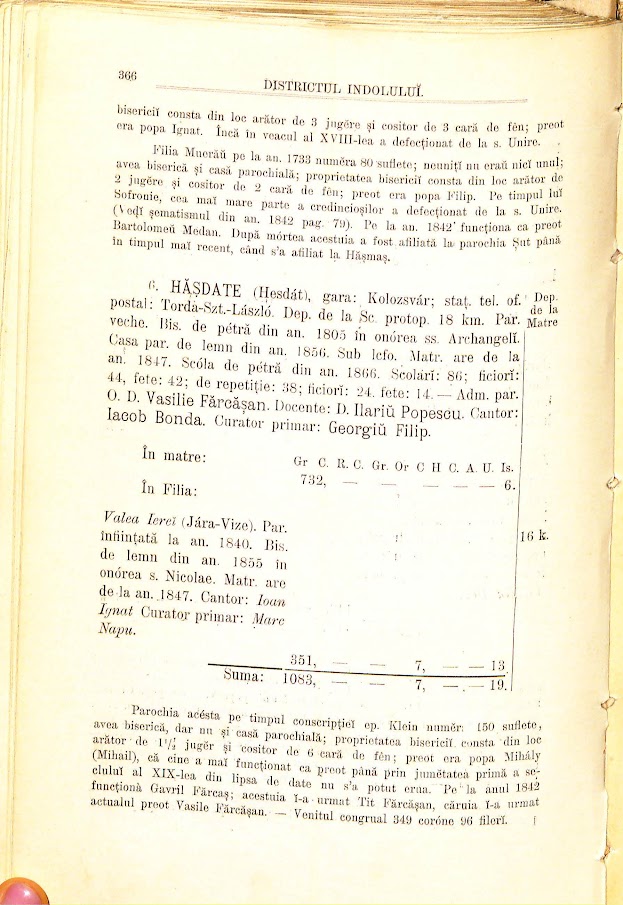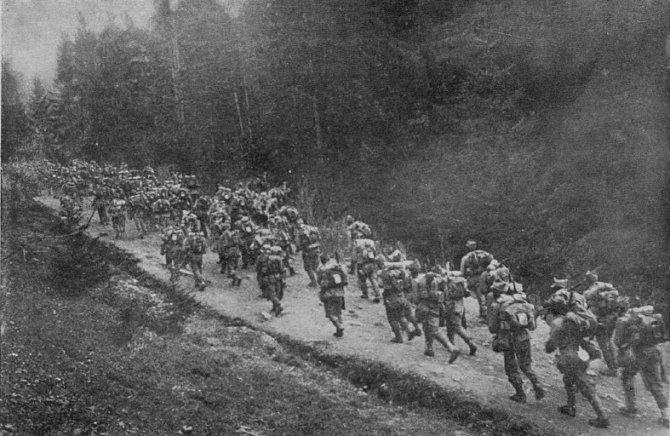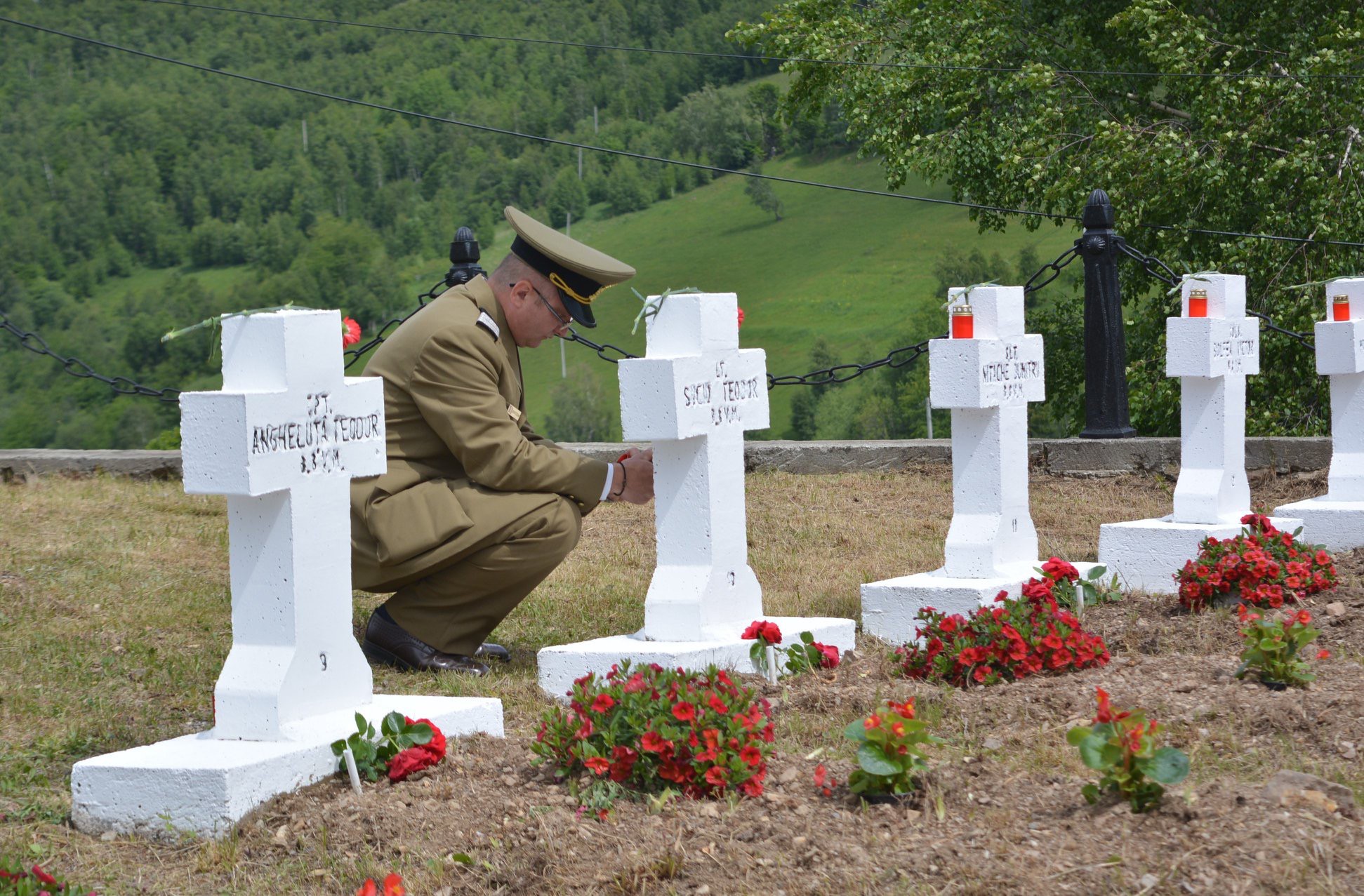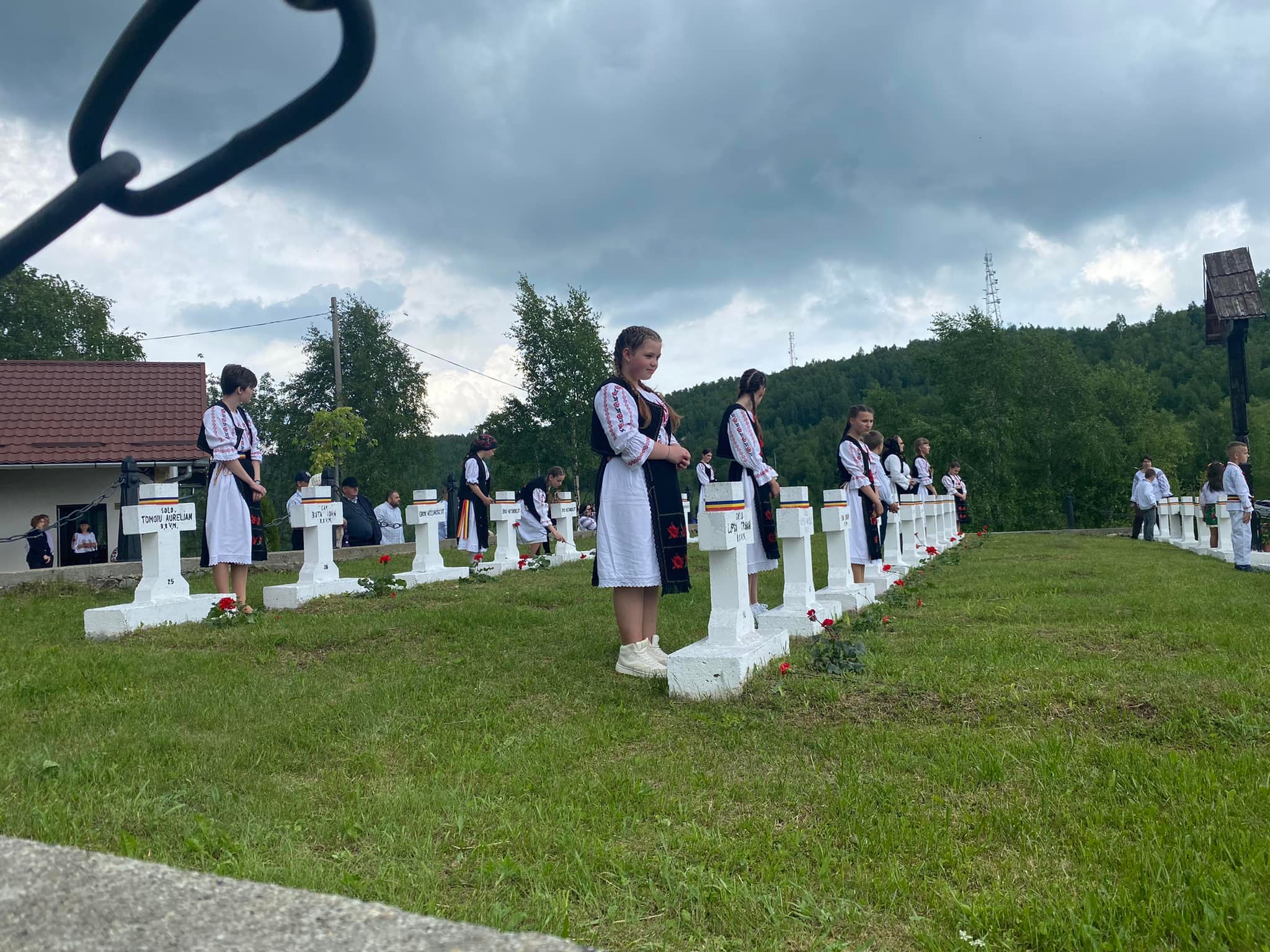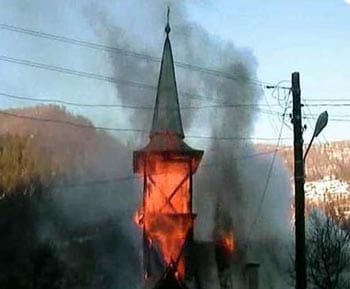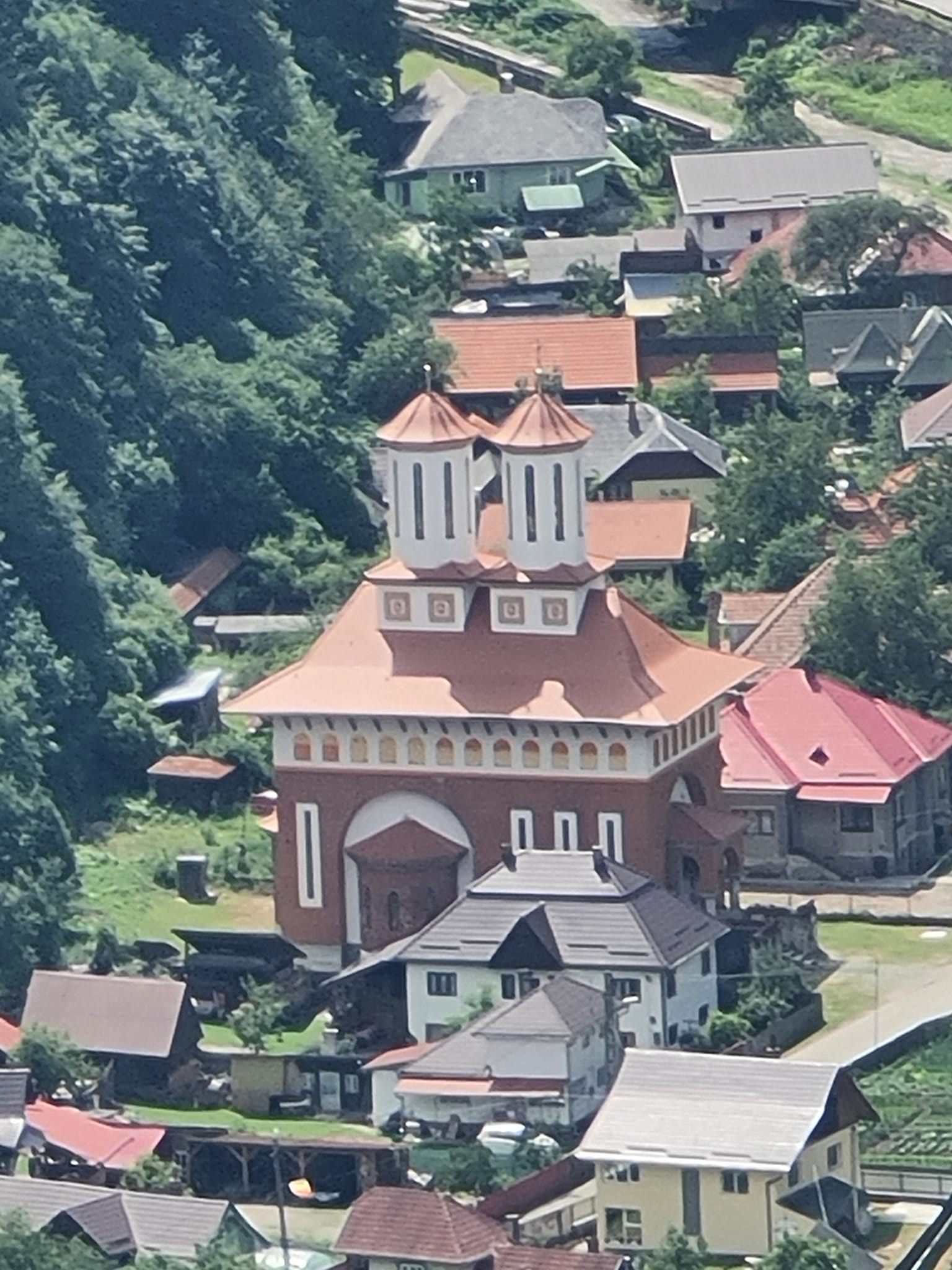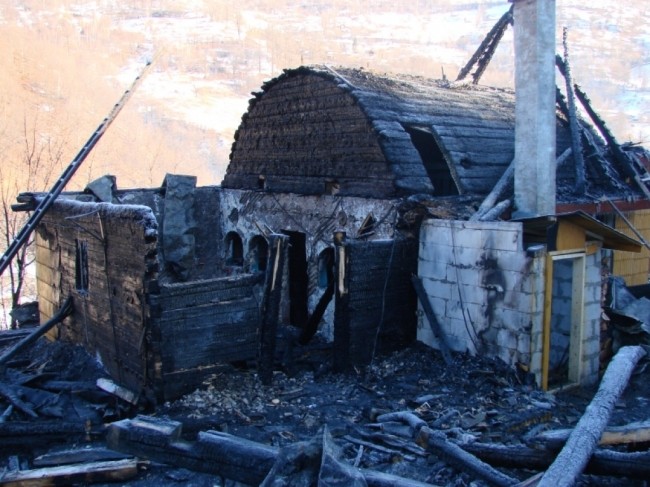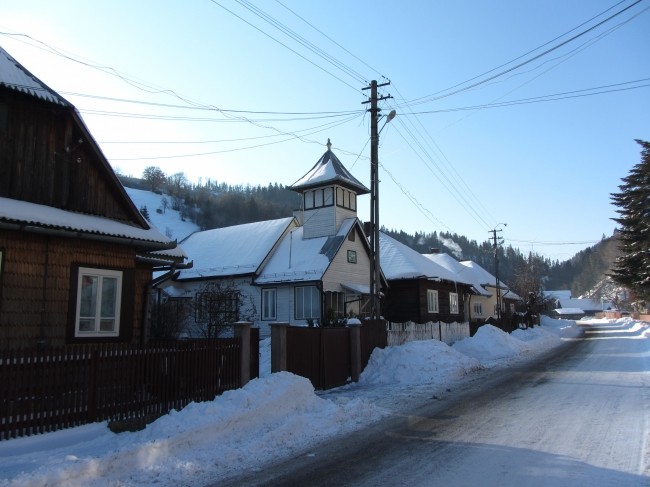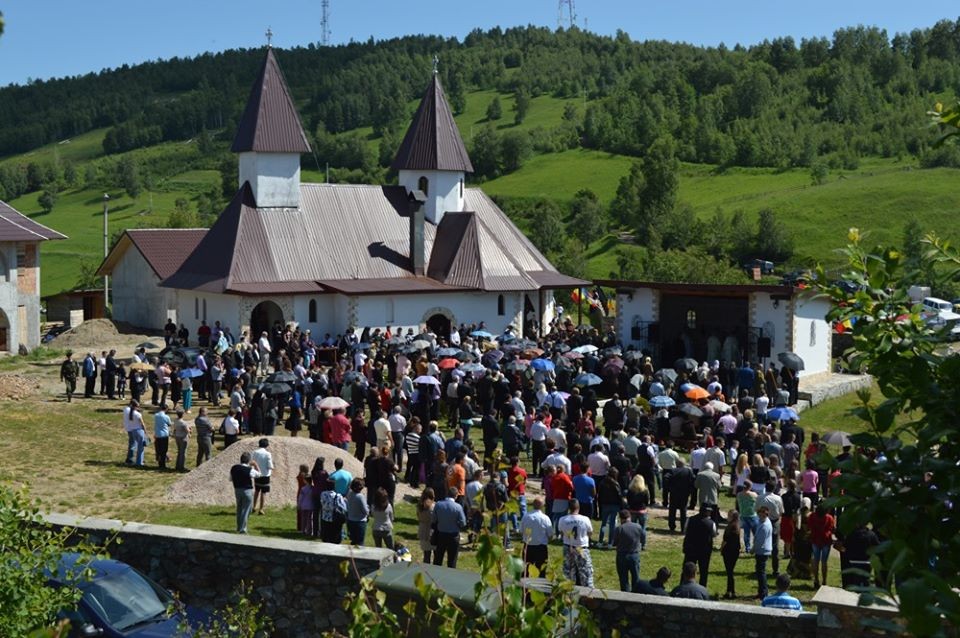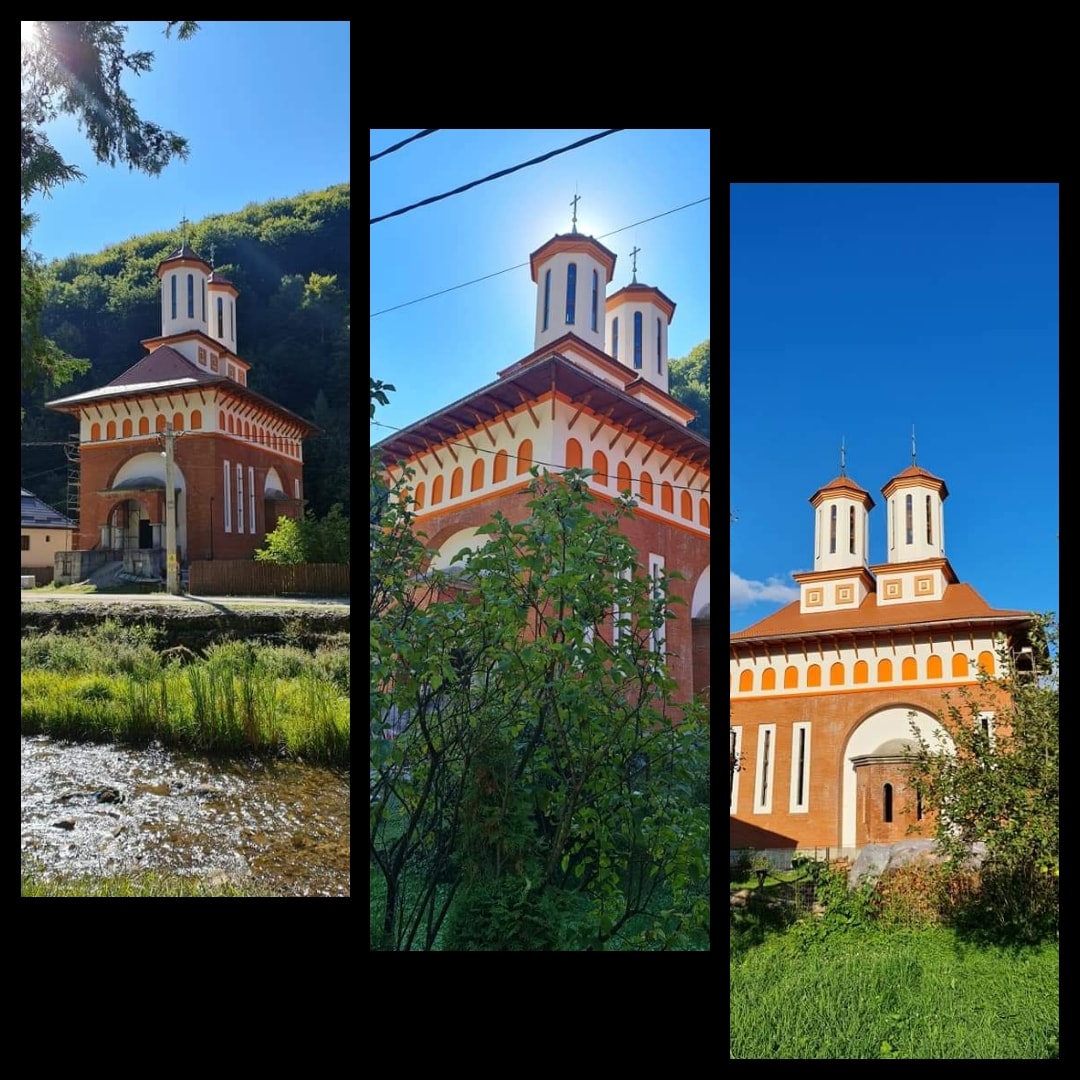The History of the Commune of Valea Ierii
The history of the area is full of tumultuous events. From the Middle Ages to the present day, our small hamlet has followed and been an integral part of the historical events of Ardeal, Transylvania, and Romania.
For the creation of this section, the "Historical Monograph of the Commune Valea Ierii until the Year 1945", written in 1997 by history teacher Mr. Octavian Morar, was used as a source.
View the work:
Valea Ierii was officially documented in 1840.
The village of Valea Ierii does not appear on the Josephine Map of Transylvania from 1769–1773 (section 094).
In the Sematism of 1900 (page 366), the locality appears under its current name but as part of the village of Hașdate.
The commune of Valea Ierii was formed in its current structure in 1925, following the administrative reform, with its three villages: Valea Ierii, Plopi, and Cerc. The commune was part of Turda County. The village of Valea Ierii was initially a hamlet of Hașdate village, in Turda County. In 1784, it became part of Cluj County (Săvădisla), until 1876–1877 when it was reintegrated into Turda-Arieș County.
Plopi village was documented in 1848 and followed the same administrative evolution as the main village.
Cerc village was a hamlet of Finisel and was included in the commune in 1925.
The 1784 uprising against the nobility had significant effects on local history.
Discontent with the nobility and the emperor sparked fierce battles. With some victories against the imperial army at Râmeț, Brad, and Lupșa, the rebels were eventually defeated in the battles at Mihăileni, Abrud, and Câmpeni, leading to the disbanding of the rebel camp in December 1784.
Horea and Cloșca retreated into the Gilău Mountains, into the Scoroșel Forest. Crișan hid in Ponor. All three were captured and sentenced to death in Alba Iulia.
The betrayal and capture of Horea and Cloșca are tied to our region. Vice-Colonel Kray organized and paid people to capture the rebels. It is known that the descendants of those who helped in the capture of the rebels later settled in Valea Ierii. Family names, nicknames like “Bidigoi,” and local toponyms such as Mesteacăn and Pârâul Ursului preserve the memory of those times.
Local tradition holds that fugitives from Horea’s army settled in the mountains, on high ground, and built traditional houses arranged in a circle—hence the current name of the village “Cerc” (Circle).
Although the commune was not officially recognized or distinct at the time, the area was part of Turda County, and in 1784, it was within Cluj County.
An interesting and detailed article about the capture of Horea and Cloșca can be found here.
Throughout Romania, in 1914, a militarized regime was introduced, and production was entirely subordinated to the war effort. Grain, animal, forage, and wool requisitions became oppressive starting in 1916, when the Hungarian parliament passed laws prohibiting the sale of products. By 1917, shortages for both the army and the population had worsened. Requisitions became the main cause of famine among the population, price hikes, and growing speculation. Discontent began to surface sporadically towards the end of 1916 and into the following year. At the beginning of 1918, deserters from the army formed armed bands in the mountains, active in our area, known as "green companies." These detachments were armed and acted against oppression.
During the 1918 revolution, peasants attacked and destroyed everything representing the Austro-Hungarian regime. The house of Count Iuliu Andrassy and the lumber factory were destroyed, leaving many locals without a source of income until 1929, when the factory resumed operations.
On December 1, 1918, the union voted by the representatives of the Romanians from Transylvania marked the conclusion of the process of formalizing the Romanian state. According to local accounts, it appears that Valea Ierii had representatives at this assembly: priest Iuliu Sasu and teacher Copil Vasile.
The area of Valea Ierii was predominantly agricultural, focused on animal husbandry and small-scale crops. In 1902, the Băișoara–Valea Ierii road was modernized, which facilitated the processing and sale of timber. During the interwar period, timber processing became the most important activity, and in 1939, a second factory was built in Valea Ierii Caps (closed in 1948). Timber processing was a key factor in the development of the commune. Wood was transported by horse and also floated down rivers. Workers and their families formed a small industrial center that stimulated commercial activity. Shops, taverns, and markets appeared in nearby areas, and a local administration began to take shape.
During the Second World War, many residents of the village were conscripted into the army — 11% of the total population at that time. Most took part in military operations on the Eastern Front, for the liberation of Bukovina and Bessarabia, and later on Soviet territory in battles at Odessa, the Crimea-Sevastopol area, Stalingrad-Caucasus, and Kuban.
From the commune of Valea Ierii, 22 people lost their lives either on the battlefield or in captivity.
Between August 23 and October 25, 1944, during the campaign to liberate neighboring countries and defeat Nazism, 6 more individuals from Valea Ierii died.
The battles of September 1944, fought on the territory of the commune, hold special significance.
To stop the advance of the Romanian 4th Army, the Hungarian 2nd Army attacked along the Gilău–Turda–Aiud line, surrounding Romanian forces positioned on Feleac Hill. Battalions 8 and 10 VM of the 2nd Mountain Division liberated Hașdate and Finișel and engaged enemy troops in the Battle of Plopilor Hill. Forty-four Romanian soldiers from Battalions 8 and 10 VM lost their lives.
There are three heroes' cemeteries on the territory of the commune: in the main village, on Prislop Hill, and on Bordii Hill.
From 1945 onwards, Valea Ierii, like all of Romania, came under Soviet influence and the communist regime, which ended in December 1989.
The first school was opened in 1912 in Valea Ierii-Caps, which was a forestry basin at the time. The support of Count Iuliu Andrassy is acknowledged for the opening of this school, which initially provided education in Hungarian.
After the Great Union in 1918, education shifted to the Romanian language.
After the Second World War, a school was opened in Plopi (1943–1944), and in 1954 one was also established in Cerc.
In the main village of Valea Ierii, the school was established in 1948. Initially, it offered education for 4 grades. Starting in 1957, it expanded to 7 grades, and from 1965 to 8 grades. For a few years, up until 1990, the school offered education up to 10th grade.
Valea Ierii is predominantly Orthodox in population. Greek-Catholics, Roman-Catholics, Pentecostals, Baptists, Reformed Church members, and Jehovah’s Witnesses are also part of the spiritual life of the commune.
The wooden Orthodox church was inaugurated in 1855 and played a defining role in the spiritual, historical, cultural, and educational life of the community. The church is mentioned in the 1900 Sematismul statistics and was dedicated to Saint Nicholas. Between 1840 and 1948, the parish of Valea Ierii was Greek-Catholic, and from 1948 onward, it became Orthodox.
In 1994, the Monastery of the Resurrection of the Lord was built, and many locals attend religious services there.
In 1996, the Pentecostal community built its own church in Valea Ierii-Caps.
In 2009, the Orthodox church in Valea Ierii burned down completely. A temporary wooden church was erected on the site and was used for many years by the faithful.
A small Orthodox church also exists in Valea Ierii-Caps, where the priest from Valea Ierii conducts services.
The construction of a new Orthodox church began in 2009, and since 2023 it has been in use — a source of joy and pride for the entire community.





